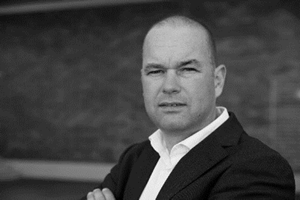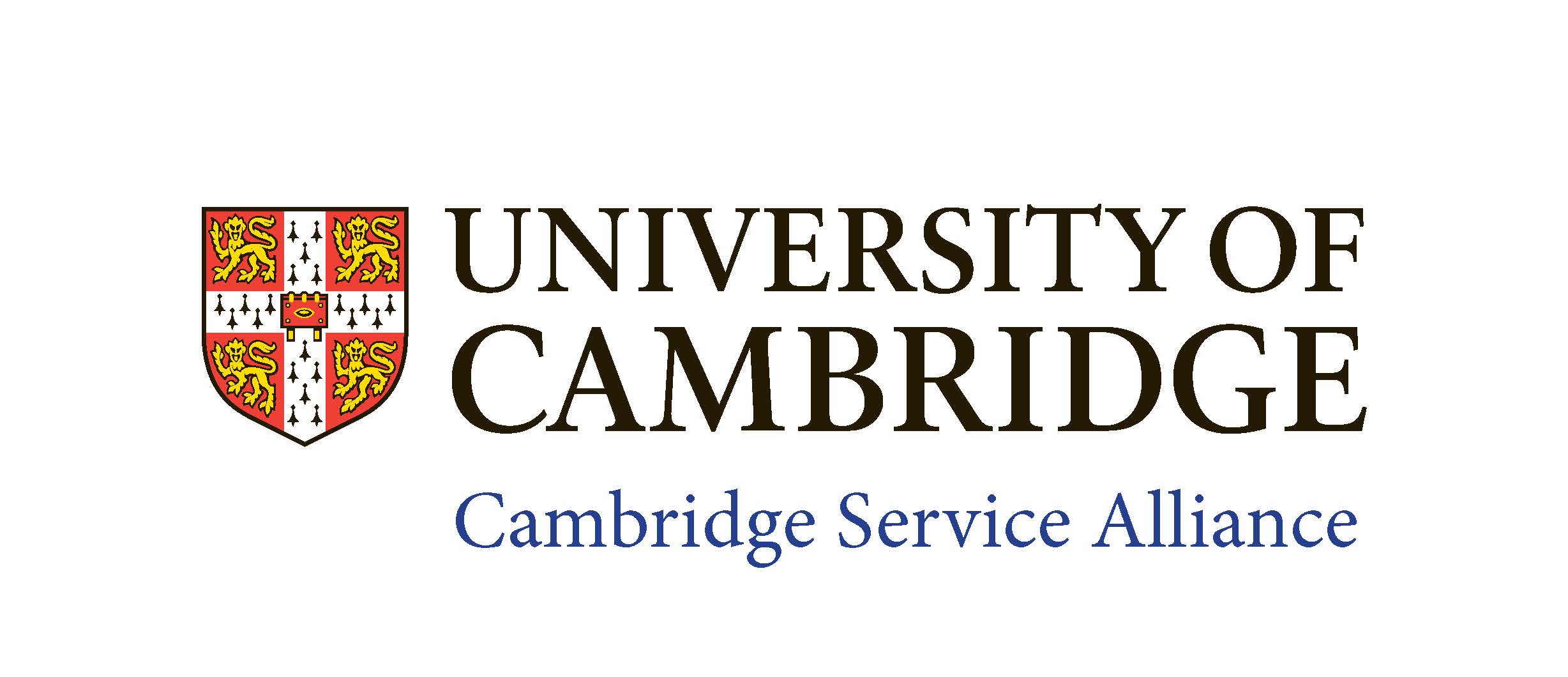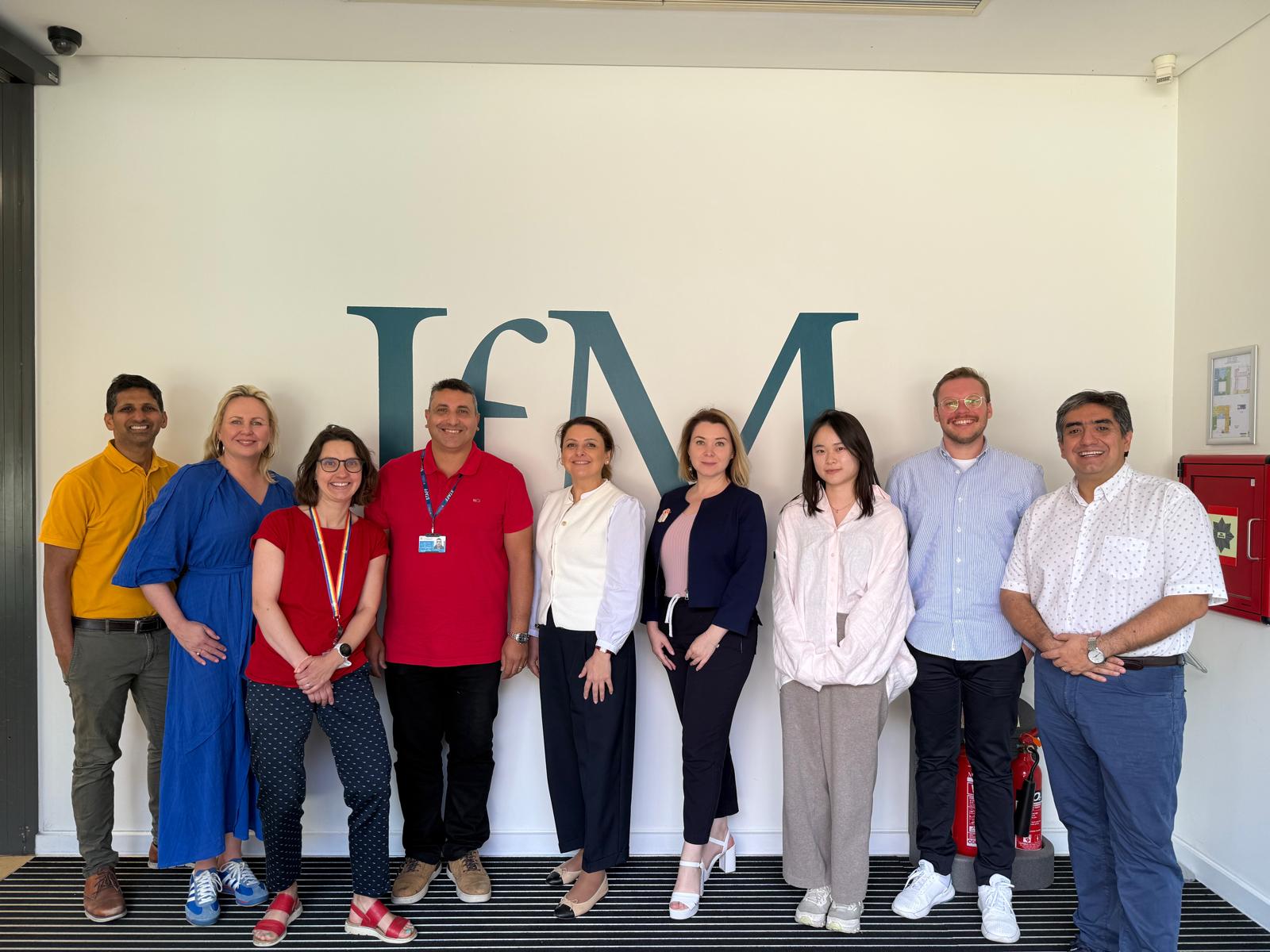
Submitted by Angela Walters on Wed, 12/09/2018 - 10:14
In a conversation with Sander Kuik from Canon we asked him about his planned presentation at the CSA Industry Conference on 3 October 2018, his thoughts on the theme of the conference, and his vision of the future.
1. What are the key messages/themes for your talk at the CSA Industry Day?
When I started to write my talk, I began scratching my head about the theme of the conference: “Disruptor or Disrupted?” What do we actually mean by ‘disruption’? And has there really been a fundamental shift in how we are doing things?
When people talk about disruption, they tend to be referring to a change in business model, or the introduction of a new technology, or new way of working. But we’ve been making changes and improvements like this for the last decade and longer. In fact, improvement-seeking and progress has always been a feature of the business landscape.
So why is everyone so hyped at the moment about disruption?
2. What do you think is really happening? What kind of industry changes are we experiencing?
I think there are some significant changes going on – not necessarily because of specific technologies like mobile, AI, virtual reality – but because of the collective impact those technologies are having on how businesses operate, and how they can meet customer needs.
But interestingly, larger companies don’t always follow new trends very quickly. Actually, changes are often happening quite slowly, which isn’t what is implied when we talk about ‘disruption’.
3. Do you think that successful companies will be the ones who are embracing changes faster than others?
I think successful companies will be the ones who make smart decisions.
Current changes reflect a need to work in a different way, in a more networked, collaborative environment. I think this is proving difficult for traditional product manufacturers, because there is a skills gap. They are not seen as digital companies, so don’t easily attract people with the skills, knowledge, mindset, and approach needed for this way of working. They are losing those people to the digital giants. But those are also the people we need for making smart decisions.
4. Do you consider Canon to be a disruptor, or to be disrupted?
It’s a bit of both. Like many other large manufacturing companies, Canon sometimes lacks the organizational culture to be geared up for making change quickly. There are other companies moving faster.
Canon’s business culture tends to avoid risky, big steps. Other companies ready to take higher risks may beat them to capitalise on new opportunities. But evolution can happen over a longer period of time.
5. How are decisions made about new technologies in your organisation?
In order to make good decisions, we need to understand where change is driven from. What are the reasons for making a change?
The Holy Grail is to find new technologies which improve several factors at once: speed to market, lower operational costs, higher customer satisfaction, etc.
But decision-making is not clear cut for two main reasons. First, you need to have people with the knowledge and skills required to make strategic decisions about technology and to manage the transition.
Second, changes may involve discarding significant systems or parts of how things work at the moment. If, for example, you want to transition a delivery centre to digital from manual processes, you would need to retrain the workforce, invest in new resources, and abandon legacy systems. All of this costs money and time, so you have to be clear that the benefits are worth it.
6. What do you think drives technology adoption more widely?
We can think about drivers for change at consumer, business and government levels.
Consumer openness to technology makes a difference. If there is a change in consumer demands or expectations, or if competitors with alternative business models start taking market share, then that can stimulate companies to adopt new technologies.
At business level, change can be motivated by the need to reduce costs, increase speed to market, or make processes more efficient. With more complex business processes, this may take longer.
Sometimes legislation is driving change. For example, in The Netherlands, the government’s introduction of the digital ID has changed the way that information about citizens is handled. Or in Italy, citizens now need to communicate with government electronically. In both cases, this has increased the exchange of information, and the opportunities for individuals and organisations to interact electronically.
Overall, if we dig into what’s happening, usually the organisations are the limiting factor not the technology.
7. How do you think emerging technologies will change Canon’s operations in future?
At Canon we are structured around small business units, and often the motivation for change is pushed upwards from these units.
As a Business Services Unit, my group is different from the prevailing organisational culture in the product-based units, and we work in different ways. Some of our units are pushing through ‘disruption’ in the technological sense, with strategies around robotics, AI and more. Business Services is not driving change in this way, but Canon has taken the strategic decision not to separate out services as a separate entity, so we need to work hand-in-hand with our technology teams to offer products and services to customers that make sense as a portfolio.
I’m a geographer by background, and I like to imagine corporate culture as behaving a bit like tectonics – there is a build of pressure, then a small or large earthquake, and things change a bit but usually settle back to normal. So robotics or AI or self-driving cars might create some disturbance, but ultimately we need to keep working on the main objective which is to meet customer needs effectively.
Come to Industry Day on 3 October to hear Sander's presentation 'Canon Business Information Services: disruptor or disrupted?'



